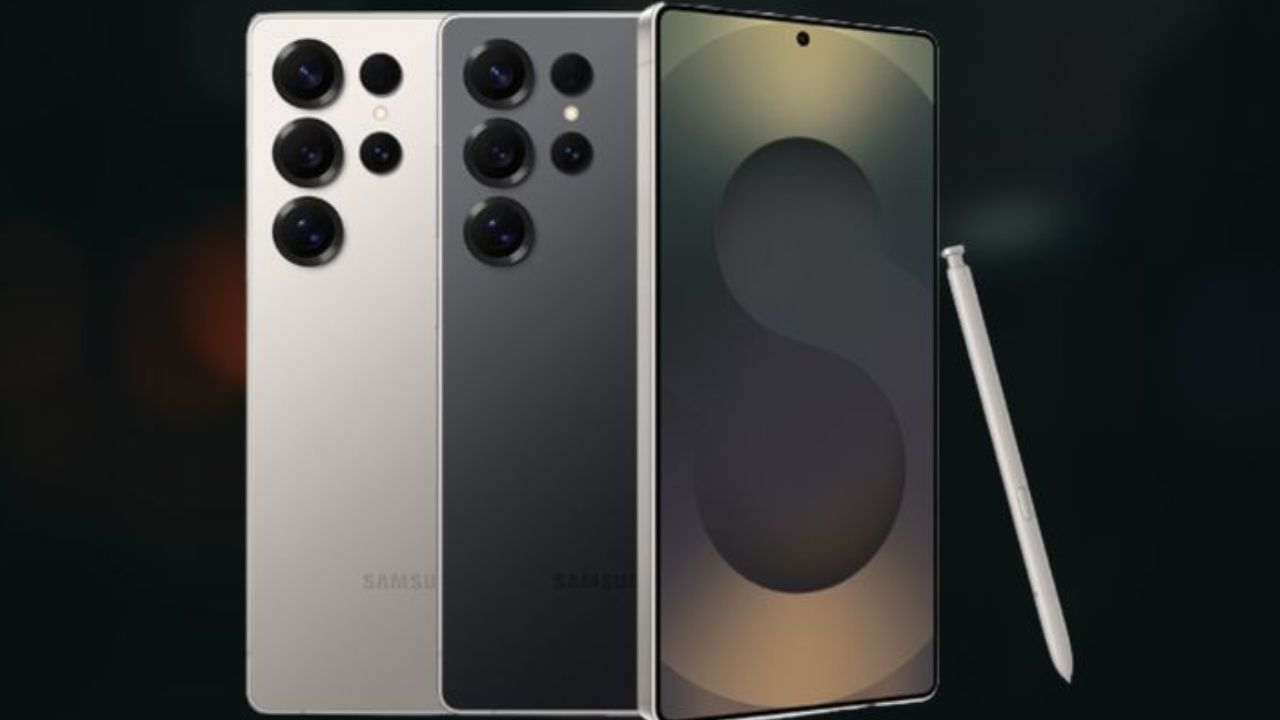You know that feeling when you’re eyeing a new flagship phone but the price tag makes you wince? Well, Samsung might just have a solution brewing for the Galaxy S26 that could change everything. Recent industry whispers suggest the tech giant is considering a manufacturing strategy that could significantly impact both performance and pricing.
The buzz centers around Samsung potentially partnering with Qualcomm to manufacture the Snapdragon 8 Elite Gen 2 processor in-house, rather than relying solely on Taiwan’s TSMC. This isn’t just technical jargon – it’s a move that could directly affect your wallet when the Galaxy S26 series launches.
The Chip Manufacturing Chess Game
Why This Matters to You
Think of smartphone processors like the engine in your car. Just as different manufacturers can build the same engine design, both Samsung and TSMC could potentially produce the same Snapdragon chip. The difference? Samsung’s version would likely cost less to make, and those savings could trickle down to consumers.
Digital Chat Station, a well-known industry insider, recently shared details about model numbers that hint at this dual-manufacturing approach. The Samsung-produced chip reportedly carries the identifier SM8850s, while TSMC’s version would be labeled SM8850. These seemingly boring technical details actually represent a potential shift in how flagship phones are priced.
The Cost Factor
Here’s where it gets interesting for your budget. Manufacturing costs play a huge role in final retail pricing. If Samsung can produce Snapdragon processors at a lower cost than TSMC, this could help keep Galaxy S26 prices from climbing even higher. In an era where flagship phones routinely cross the $1,000 mark, any opportunity to moderate pricing is welcome news.
Performance vs. Price: The Eternal Balance
The TSMC Advantage
Let’s be honest – TSMC has historically been the gold standard in chip manufacturing. Their processors tend to deliver better performance per watt, run cooler, and generally offer superior efficiency. It’s why Apple exclusively uses TSMC for their iPhone processors, and why many consider TSMC-made chips the premium option.
Samsung’s chip manufacturing, while capable, has traditionally lagged behind TSMC in these crucial areas. Previous Samsung-manufactured processors have sometimes struggled with heat management and power efficiency compared to their TSMC counterparts.
Samsung’s Potential Comeback
But here’s the thing – Samsung isn’t standing still. The company has been investing heavily in improving their manufacturing processes. There’s a real possibility that by the time the Galaxy S26 arrives, Samsung’s chip-making capabilities could be much closer to TSMC’s level than they are today.
If Samsung manages to close this performance gap while maintaining cost advantages, it could be a win-win situation. You’d get solid performance at a more reasonable price point.
The Exynos Wild Card
Samsung’s In-House Option
Adding another layer to this story, Samsung might also equip some Galaxy S26 models with their own Exynos 2600 processor. This wouldn’t be unprecedented – Samsung has often used different processors for different markets or model variants.
The Exynos route represents Samsung’s long-term strategy to reduce dependence on external suppliers like Qualcomm. It’s similar to how Apple develops their own A-series chips, giving them complete control over performance, features, and costs.
What This Means for Choice
This multi-processor strategy could actually benefit consumers by creating more options at different price points. A Samsung-made Snapdragon version might hit the sweet spot between performance and affordability, while an Exynos variant could offer unique features or optimizations.
Looking at the Bigger Picture
Industry-Wide Impact
The ripple effects could extend beyond just Samsung phones. If a cheaper Snapdragon option becomes available, other manufacturers like Xiaomi and Honor might also benefit from reduced costs. This could lead to more competitive pricing across the entire Android flagship market.
Learning from Apple
Samsung is clearly watching how Apple’s in-house processor strategy has paid off. Apple’s chips consistently rank among the most powerful and efficient in the industry, and they give Apple complete control over their product roadmap and costs.
While Samsung’s approach is different – potentially mixing Samsung-made Snapdragon chips with their own Exynos processors – the goal is similar: more control and better value for consumers.
What You Should Expect
The Reality Check
It’s important to remember that nothing is set in stone yet. Samsung appears to still be weighing their options for the Galaxy S26 processor lineup. The final decision will likely depend on factors like manufacturing yields, performance benchmarks, and market conditions closer to launch.
The Bottom Line for Buyers
What matters most isn’t which factory stamps out the processor, but how the final product performs in your daily life. You want a phone that launches apps quickly, handles multitasking smoothly, takes great photos, and lasts through a full day of use – all without breaking the bank.
If Samsung can deliver that experience while keeping prices reasonable through smart manufacturing choices, everyone wins. The Galaxy S26 could represent a return to more accessible flagship pricing without sacrificing the features and performance you expect.
The smartphone industry thrives on innovation, but it also needs to remain accessible to real people with real budgets. Samsung’s potential manufacturing strategy for the Galaxy S26 suggests they understand this balance. Whether through Samsung-made Snapdragon chips, Exynos processors, or a combination of both, the focus appears to be on delivering value alongside performance.
